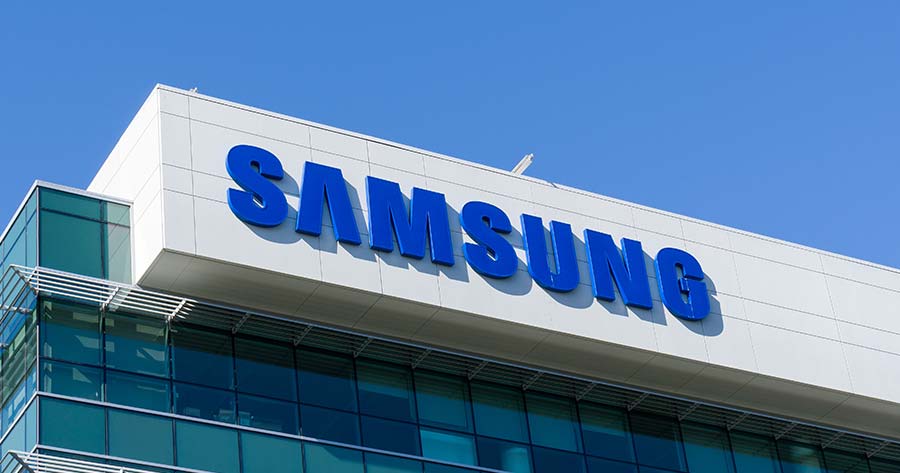Samsung Electronics anticipates its strongest quarterly operating profit in more than three years, supported by surging demand for conventional memory chips as the global race to ramp up AI chip production squeezes supply and lifts prices on traditional products.
The South Korean technology giant on Tuesday forecast an operating profit of KRW 12.1 trillion ($8.5 billion) for the July-September period, a 32% increase from the prior year and well above the KRW 10.1 trillion predicted by LSEG SmartEstimate. This would mark Samsung’s highest quarterly profit in 13 quarters.
While Samsung continues to trail rivals in advanced artificial intelligence chip supply to major clients like Nvidia, robust sales of its commodity DRAM and NAND memory chips—essential components in data center servers—helped offset weaker revenue from AI chips, according to analysts.
Ryu Young-ho, senior analyst at NH Investment & Securities, said the upside surprise in Samsung’s third-quarter earnings was primarily driven by its semiconductor division. Strong demand for conventional memory chips used in general-purpose servers, alongside continued growth in high bandwidth memory (HBM) for AI servers, were highlighted as key contributors. According to analysts, robust commodity memory chip sales, supported by tight supply, helped offset slower-than-anticipated shipments of advanced HBM chips to major clients.
Sohn In-joon, analyst at Heungkuk Securities, pointed out that Samsung benefited from higher-than-expected pricing in DRAM and NAND chips, as well as reduced inventory levels across the industry which gave suppliers more leverage. The company’s narrowed losses in its foundry business, buoyed by higher utilisation rates, also lessened fixed-cost pressures.
Samsung’s revenue for the quarter is expected to climb 8.7% year-over-year, to a record KRW 86 trillion, aided in part by a weaker South Korean won.
Amid tightening industry supply, prices for certain DRAM chips surged by 171.8% in the third quarter compared to a year earlier, according to data from TrendForce. Commodity memory shortages are forecasted to persist into 2026, as major technology companies accelerate data center and AI infrastructure investments.
Looking forward, Samsung is expected to detail its business unit earnings on October 30. The company has also announced, through an internal memo seen by Reuters, the rollout of a performance-linked stock compensation plan for all South Korea-based employees over the next three years, expanding on incentives previously reserved for senior executives.
Even as recent chip supply deals with major tech firms like Tesla and OpenAI eased some concerns, the company faces broader uncertainties, including potential US tariffs, escalating US-China trade tensions, and China’s stricter controls on rare earth exports essential for high-tech manufacturing.
On the advanced memory front, Samsung’s supply of its 12-layer HBM3E chips to Nvidia has shown progress, though volumes remain limited. The firm’s strategic focus is now on next-generation HBM4 products, with Morgan Stanley reporting that Samsung’s development is on track and key partnerships with US clients are underway. Commercial shipments and revenue contributions for HBM4 are expected to commence in 2026.





